
Two-thirds of North American birds are at increasing risk of extinction from global temperature rise
By stabilizing carbon emissions and holding warming to 1.5°C above pre-industrial levels, 76 percent of vulnerable species will be better off, and nearly 150 species would no longer be vulnerable to extinction from climate change.
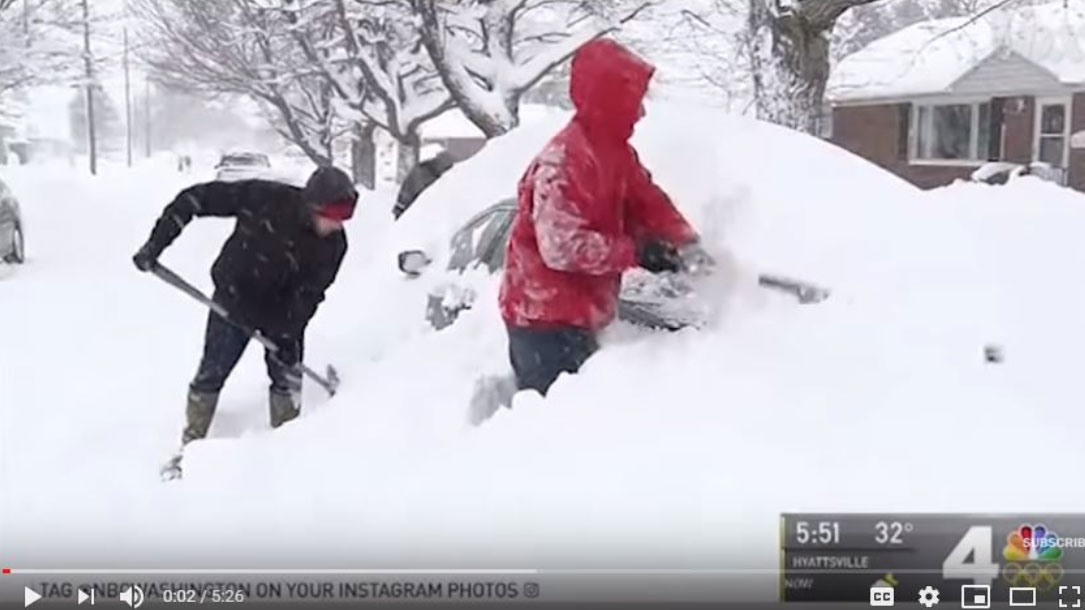
The paradox of global warming and colder winters
Is there a link between the vanishing Arctic sea ice and extreme weather? Many prominent climate researchers think so.
That’s because warming temperatures in the Arctic are altering the behavior of the polar jet stream, a high-altitude river of air that drives weather patterns across the globe. As the winds that propel the jet stream weaken, storms, droughts, and extreme heat and cold move over continents at slower rates, meaning bad weather can stick around for longer. Check out this video—it’s nicely done.

New Audubon Science: Two-Thirds of North American Birds at Risk of Extinction Due to Climate Change
NEW YORK (October 10, 2019) – Today, the National Audubon Society announced a groundbreaking climate report, Survival by Degrees: 389 Bird Species on the Brink. “Two-thirds of America’s birds are threatened with extinction from climate change, but keeping global temperatures down will help up to 76 percent of them. There’s hope in this report, but first, it’ll break your heart if you care about birds and what they tell us about the ecosystems we share with them. It’s a bird emergency,” said David Yarnold, (@david_yarnold), CEO and president of Audubon…

Carbon Dioxide Reaches Highest Recorded Levels In Human History
“We are in an unprecedented era, at no point in human history has carbon dioxide levels been this high, presenting concerning questions over what lies ahead.
This week the World Meteorological Organization published their yearly report on the “State of Greenhouse Gases in the Atmosphere,” compiling data up to 2018.
The report, unsurprisingly, found that carbon dioxide reached an all-time high in 2018 since pre-industrial amounts. The highest recorded measurement in 2018 was 415.70 ppm on May 15, 2019, higher than it has ever been during human history…”
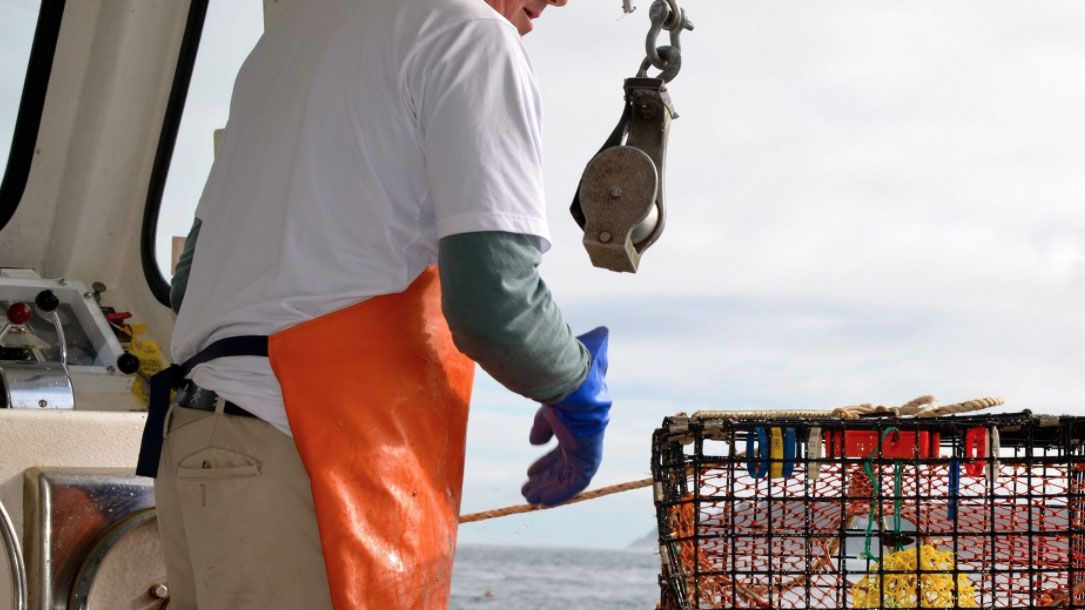
Mysterious Lobster Deaths In Cape Cod Raise Climate Change Concern
Last month, lobstermen in Cape Cod Bay hauled up something disturbing. In one section of the bay, all of their traps were full of dead lobsters. Research biologists went to work trying to solve the mystery, and what they found suggests we may see more of this as the climate changes…
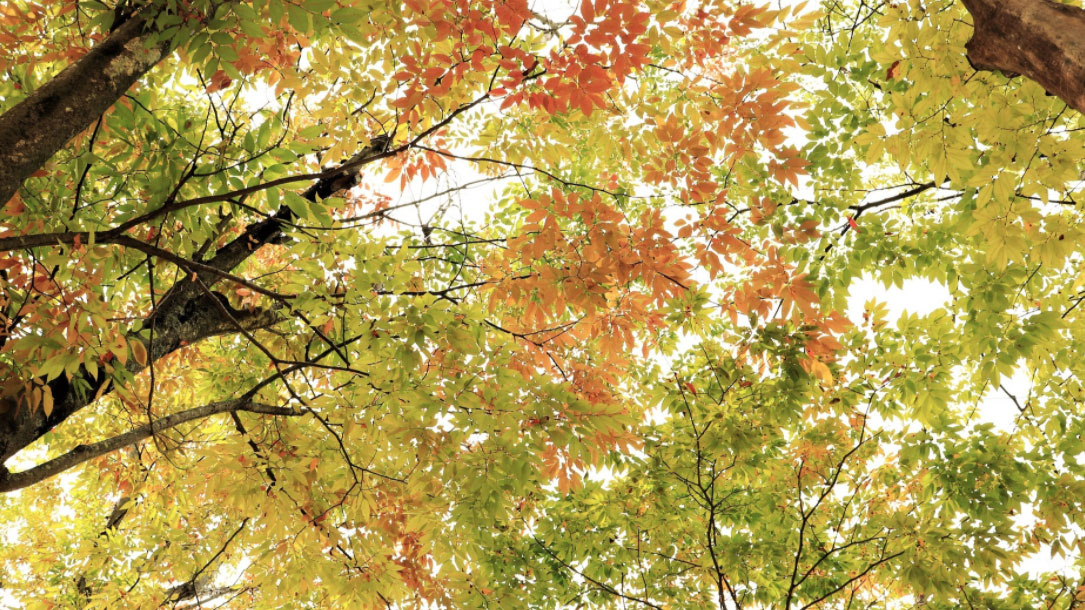
Why keeping mature forests intact is key to the climate fight
The tragedy in the Southeastern U.S. [where large amounts of wood for biomass burning originates] is it’s the most biodiversity-rich region in North America and has more species of animals and plants than anyplace else. That is being decimated.
For pellets, wetland, hardwood forests are preferable to the pines and the pine plantations, which don’t burn as hot, so those wetland hardwood forests are really being gone after. For a long time, the companies made the claim they were only using the residuals, the branches, and so on. An NGO down there called Dogwood Alliance documented that that isn’t true. They’re converting whole trees [into pellets]…
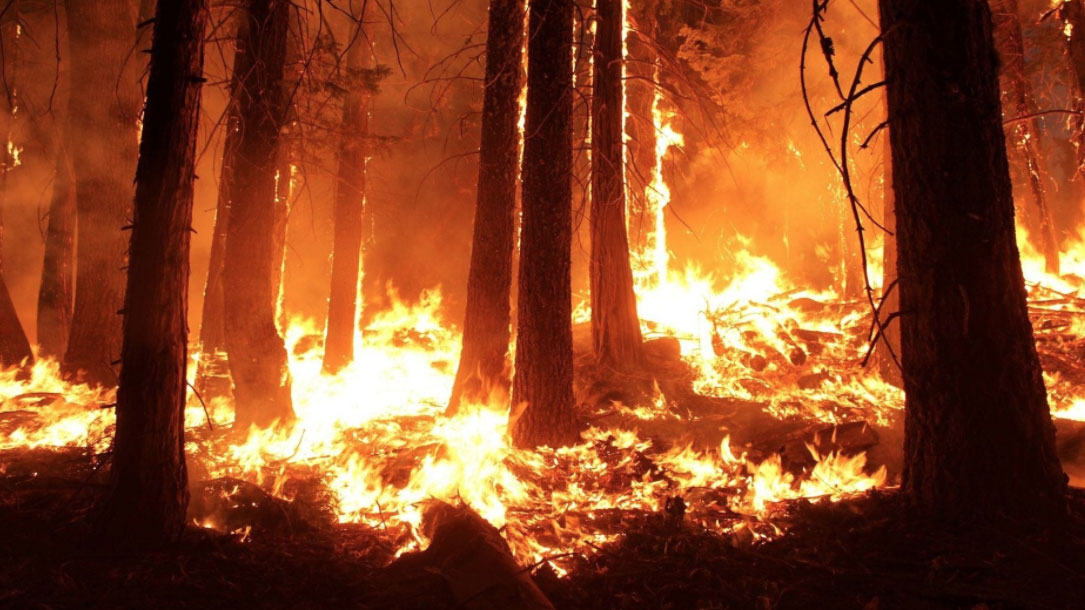
Disastrous wildfires sweeping through Alaska could permanently alter forest composition
Now, a new study from the Berkeley Lab finds that future summers characterized by similar record-high temperatures and extreme wildfires fueled by climate change could cause irreparable changes within the forest, pushing cold-preferring iconic evergreen conifer trees out as broadleaf deciduous trees move in.
“Expansion of the deciduous broadleaf forests in a warmer climate may result in several ecological and climatic feedbacks that affect the carbon cycle of northern ecosystems,” said study author and Berkeley Lab postdoctoral fellow Zelalem Mekonnen…

‘Bigger picture, it’s climate change’
“Bigger picture, it’s climate change,” said Richard B. Rood, a professor in the University of Michigan’s Department of Climate and Space Sciences and Engineering. “There’s no doubt that we are in a region where climate change is having an impact.”
Rood said the Great Lakes basin, which holds 90% of the nation’s freshwater, can expect similar shifts in the coming decades as world temperatures increase…
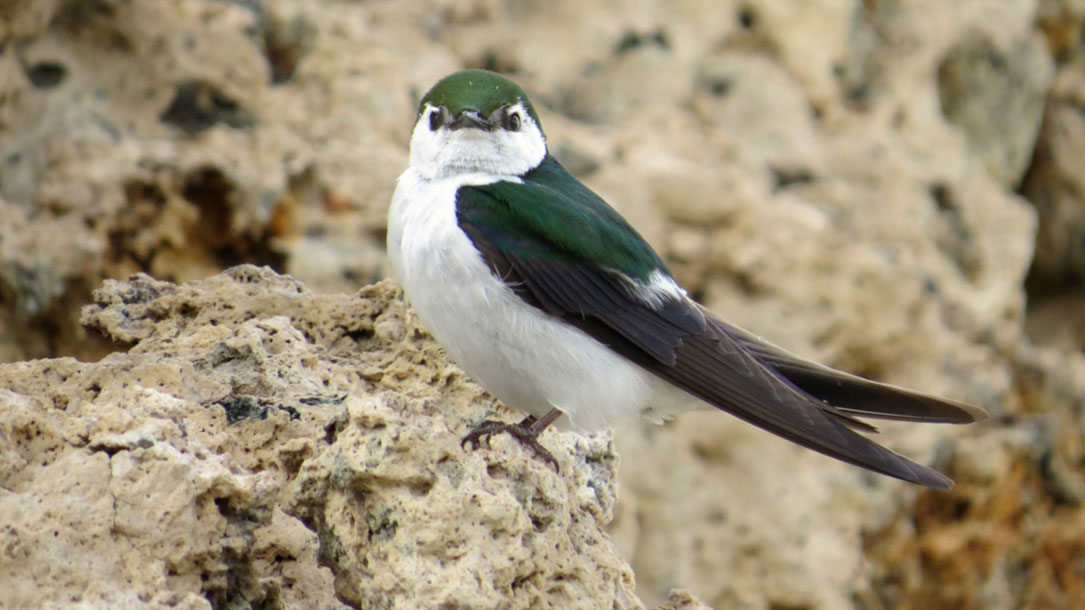
Collapse of desert birds due to heat stress from climate change
As temperatures rise, desert birds need more water to cool off at the same time as deserts are becoming drier, setting some species up for a severe crash, if not extinction, according to a new study from the University of California, Berkeley.
The team that last year documented a collapse of bird communities in Mojave Desert over the last century—29% of the 135 bird species that were present 100 years ago are less common and less widespread today—has now identified a likely cause: heat stress associated with climate change.

High rates of primary production in structurally complex forests
“Structure–function relationships are central to many ecological paradigms. Chief among these is the linkage of net primary production (NPP) with species diversity and canopy structure. Using the National Ecological Observatory Network (NEON) as a subcontinental‐scale research platform, we examined how temperate‐forest NPP relates to several measures of site‐level canopy structure and tree species diversity…”












